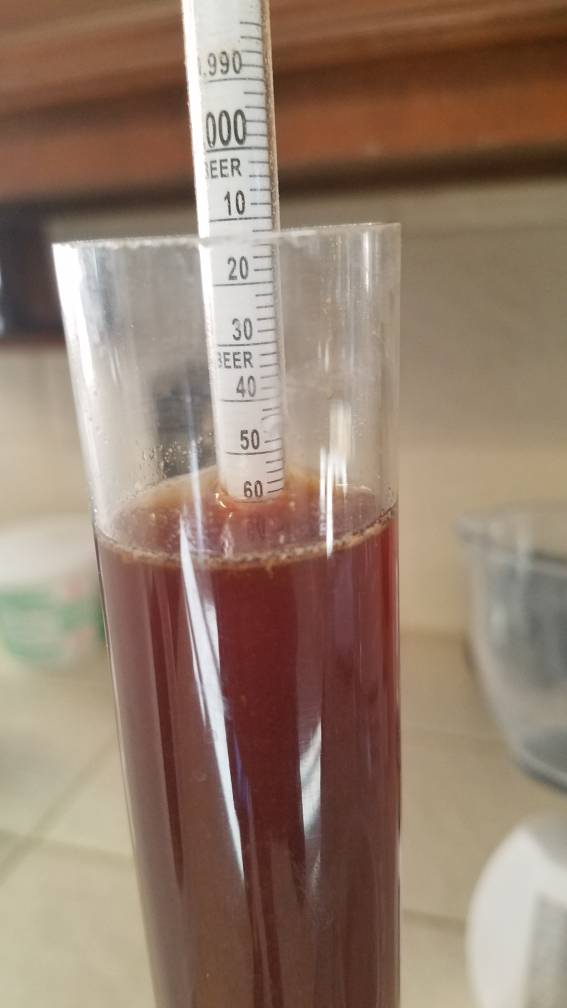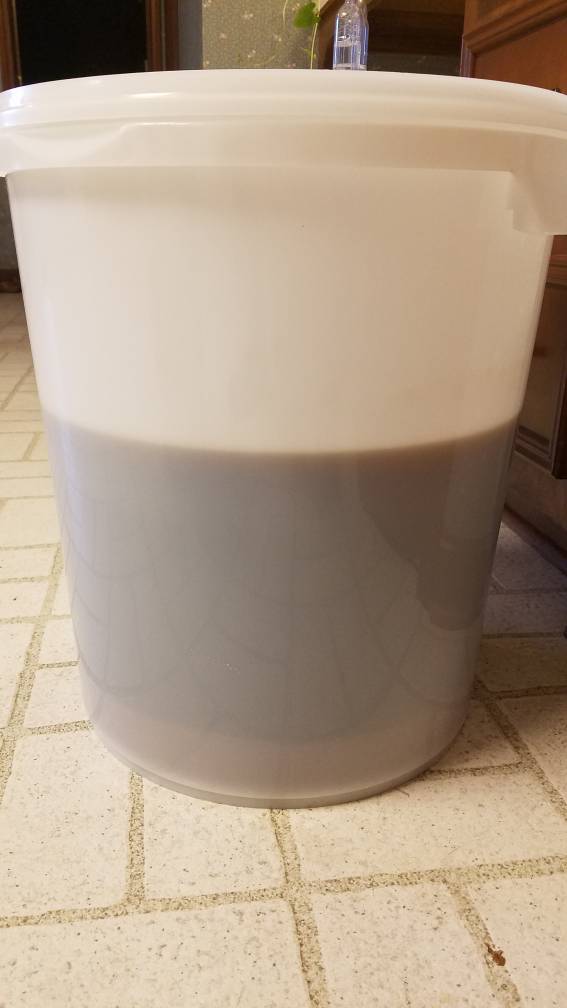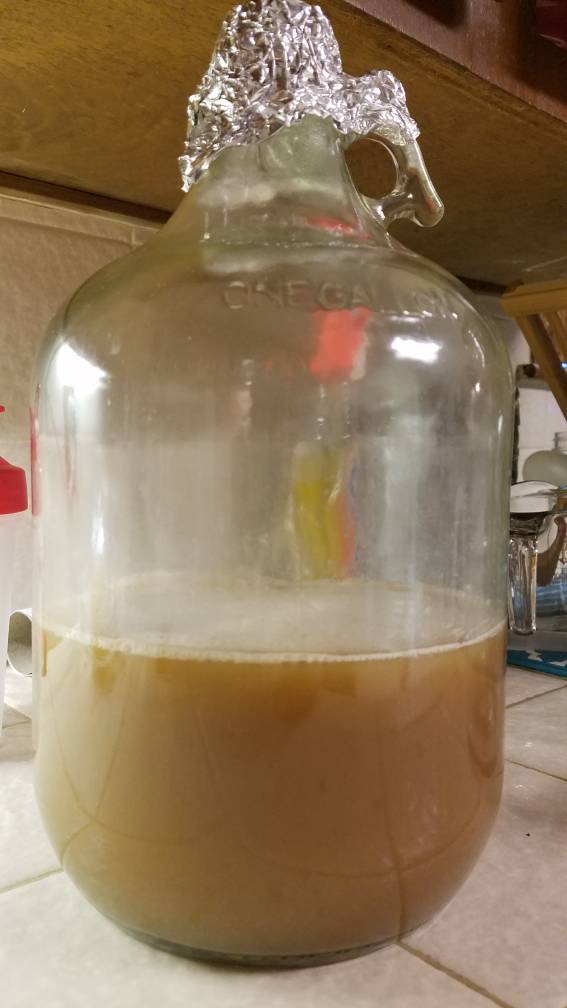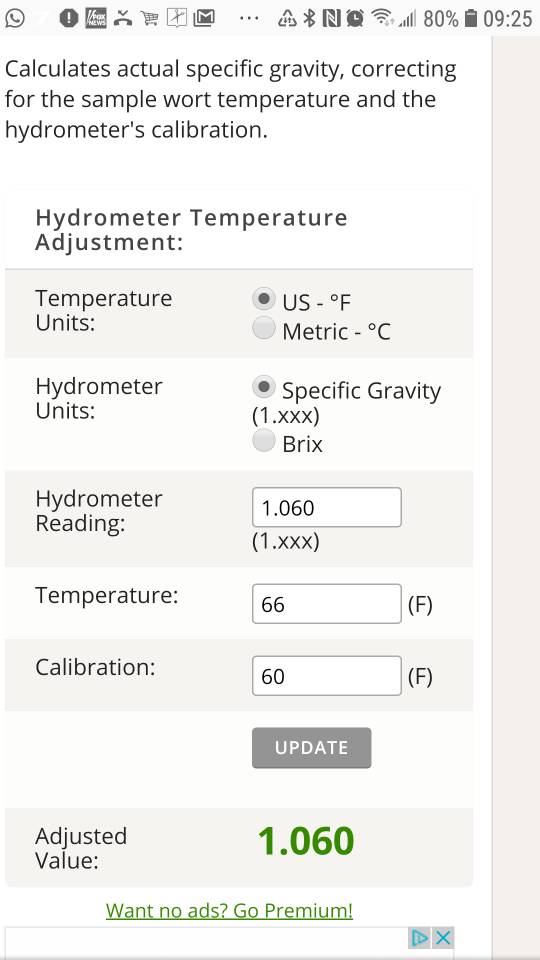lets back up a bit. This boil pot you have ,how big is it and have you made gradations on it to know where 5, 6 and 7 gallons are? If you're guessing , there will be problems in your volumes being consistent and therefore gravity adjustments and readings.
Boils dont need to be raging and violent, once its boiling ,turn down the heat so its just a gentle boil, its still going to remain 212* ,just not jumping out of the pot .
For a 5 gallon batch I aim for 6 and collect nearly 8 ....Once you take the pre-boil volume and boil it for 60 minutes , you lose volume, right? When you ferment that you lose final volume because of trub ,right? So, predict your losses during the process and add more (water, grain(fermentables) to the beginning to make up for it.
Its a bit of trial and error and learning while you do it for a while,then you'll know .It'll all be accustomed to YOUR system. so...Take good notes. If and when you make a change be it boil kettle dimensions, or heat source or whatever, make good notes of your changes .
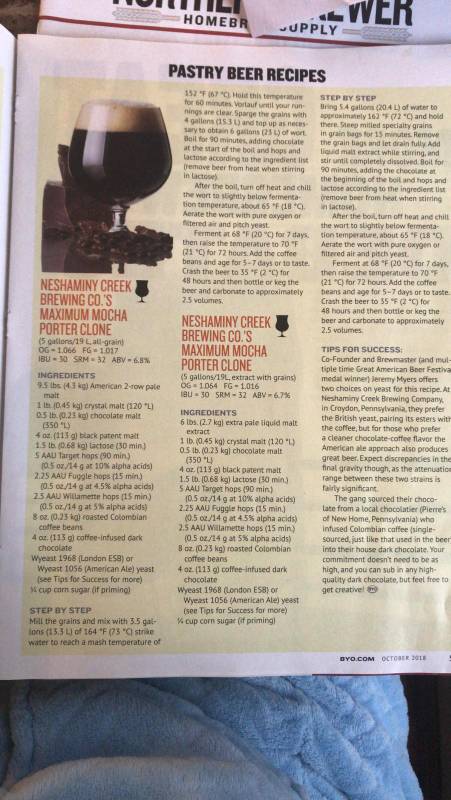











































![Craft A Brew - Safale BE-256 Yeast - Fermentis - Belgian Ale Dry Yeast - For Belgian & Strong Ales - Ingredients for Home Brewing - Beer Making Supplies - [3 Pack]](https://m.media-amazon.com/images/I/51bcKEwQmWL._SL500_.jpg)




